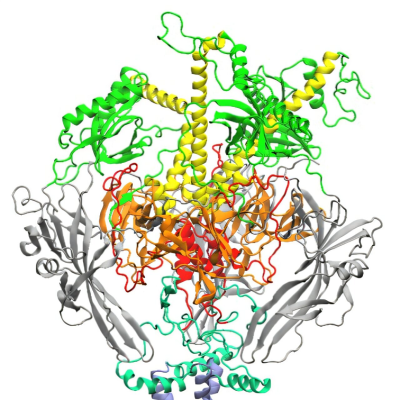In a study in mice and human cells, Johns Hopkins Medicine researchers say that they have developed a tiny, yet effective method for preventing premature birth. The vaginally delivered treatment contains nanosized (billionth of a meter) particles of drugs that easily penetrate the vaginal wall to reach the uterine muscles and prevent them from contracting.
If proven effective in humans, the treatment could be one of the only clinical options available to prevent preterm labor. The FDA has recommended removing Makena (17-hydroxyprogesterone caproate), the only approved medicine for this purpose, from the market.
The study was published Jan. 13, 2020, in the journal Science Translational Medicine.
There are an estimated 15 million premature births each year, making it the number one cause of infant mortality worldwide. Few indicators can predict which pregnancies will result in a pre-term birth, but inflammation in the reproductive tract is a contributing factor in approximately one third of all cases. This symptom not only puts babies at risk of being born with low birth weights and underdeveloped lungs, but also has been linked to brain injuries in the developing fetus.
The newly reported experimental therapy uses technology developed by scientists at the Johns Hopkins Center for Nanomedicine. Its active ingredients are two drugs: progesterone, a hormone that regulates female reproduction, and trichostatin A (TSA), a histone deacetylase (HDAC) inhibitor that regulates gene expression.
To prepare the treatment, the drugs are first ground down into miniature crystals, about 200-300nanometers in diameter or smaller than a typical bacteria. Then, the nanocrystals are coated with a stabilizing compound that keeps them from getting caught in the body's protective mucus layers that absorb and sweep away foreign particles.
"This means we can use far less drug to efficiently reach other parts of the female reproductive tract," says Laura Ensign, Ph.D., associate professor of ophthalmology with a secondary appointment in gynecology and obstetrics at the Johns Hopkins University School of Medicine, co-author of the study, and an expert on nanomedicine and drug delivery systems.
To test their therapy, the researchers used mice that were engineered to mimic inflammation-related conditions that would lead to preterm labor in humans. They found that the experimental treatment prevented the mice from entering premature labor. Neurological tests of mouse pups born to mothers that had received the treatment revealed no abnormalities.
The researchers also applied the drug combination to human uterine cells grown in the lab. The drug combination, they report, decreased contractions in the test samples.
Additional laboratory tests of the experimental treatment are planned to evaluate its safety before considering trials in humans.
Read the original article on Johns Hopkins Medicine.







